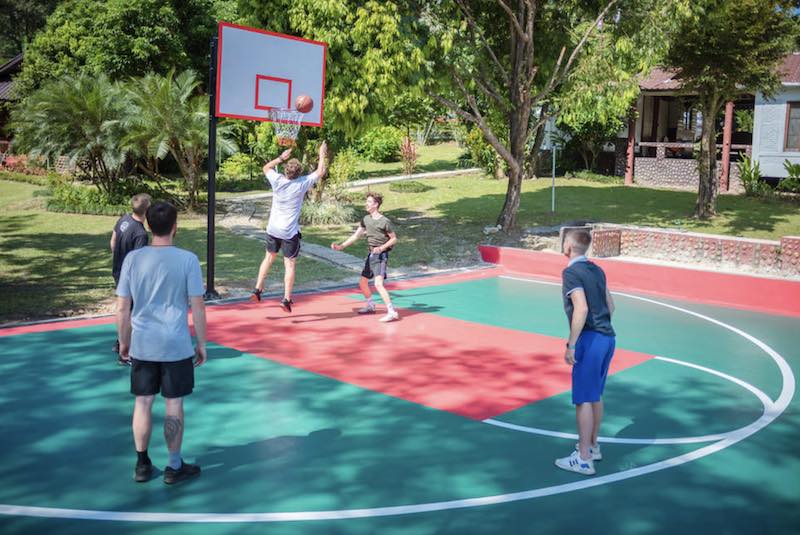Integrating Fitness and Exercise in Addiction Treatment
The path to recovery from addiction can be arduous and challenging. While medication and psychotherapy remain the mainstays of treatment, incorporating fitness and exercise can significantly amplify their efficacy. This powerful combo promotes both physical and mental wellness, providing a solid foundation for a robust recovery journey.
The Magic of Movement
Movement is a natural mood elevator. When we exercise, our bodies release a cocktail of chemicals known as endorphins. These “feel-good” hormones naturally uplift our mood, alleviate stress, and reduce the perception of pain. For those grappling with addiction, this surge of positive emotions can help mitigate withdrawal symptoms and cravings, making the recovery journey a bit smoother.
In addition, exercise can serve as a healthy coping mechanism. Many turn to substances to alleviate stress or escape from challenging emotions. Exercise provides a potent and healthy alternative, redirecting negative energy into something positive and constructive.
Exercise for Body and Brain
Regular physical activity has obvious physical benefits. It promotes cardiovascular health, strengthens the immune system, and helps maintain a healthy weight. These benefits are particularly crucial for those in addiction recovery, as substance misuse often takes a heavy toll on physical health.
However, the advantages of exercise extend beyond the body, reaching into the recesses of the brain. It stimulates the production of new neurons, enhances cognition, and can help repair some of the neurological damage caused by substance misuse. This neuronal regeneration can improve memory and concentration, aiding individuals in staying focused on their recovery journey.

Choosing the Right Exercise
The beauty of exercise lies in its versatility. It doesn’t always have to involve a gym membership or intense workout sessions. Rather, it should be about finding a physical activity that resonates with the individual, encouraging consistent participation. Whether it’s brisk walking, yoga, swimming, or a team sport, the key is regularity and enjoyment.
In fact, group exercises can offer additional benefits, such as a sense of camaraderie and mutual support, enhancing the feeling of belonging. This aspect can be particularly beneficial for those in recovery, as isolation and loneliness can often fuel addiction.
The Role of Fitness Professionals
The integration of fitness into addiction treatment should ideally be guided by fitness professionals. They can design tailored exercise programs that take into account an individual’s physical condition, preferences, and recovery progress. This personalized approach ensures that exercise becomes a positive, non-threatening part of the treatment process.
Fitness professionals can also help monitor progress and provide necessary motivation. Regular check-ins can give individuals a sense of accomplishment, boosting their self-esteem and reinforcing their commitment to recovery.
Wrapping It Up
In conclusion, fitness and exercise represent powerful tools in the arsenal against addiction. By improving physical health, boosting mood, and providing a healthy coping mechanism, they complement traditional treatment methods and pave the way for a sustainable recovery.
Incorporating fitness and exercise into addiction treatment is about nurturing both body and mind. It’s about discovering new strengths and embracing wellness. As such, it forms a critical component of comprehensive, holistic addiction treatment.
Every journey begins with a single step, and for many on the road to recovery, that first step could be as simple as a walk in the park.

